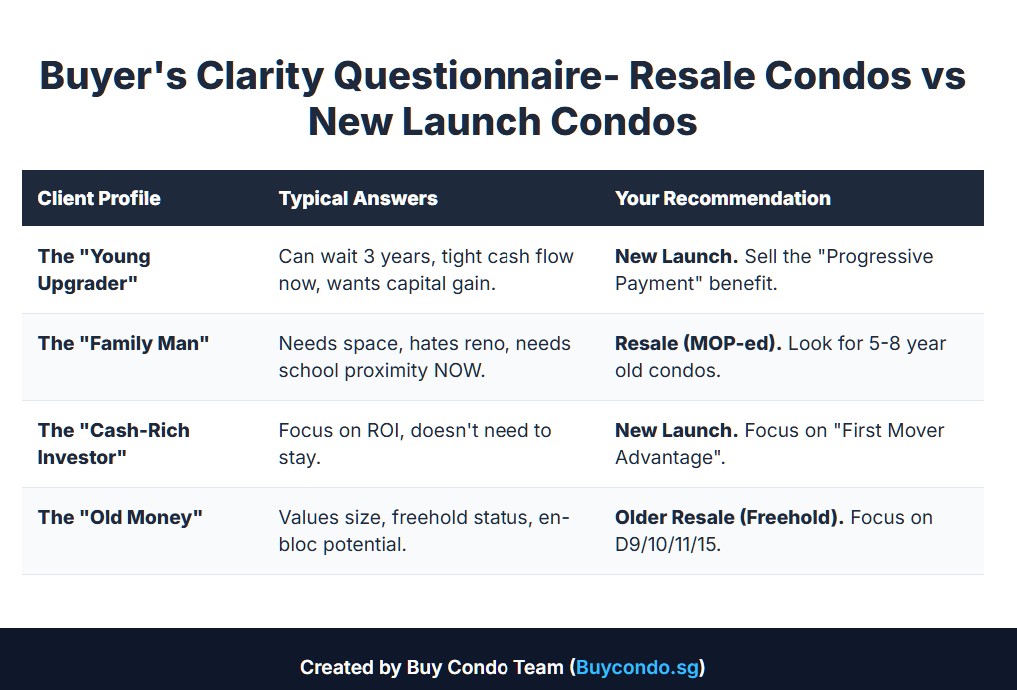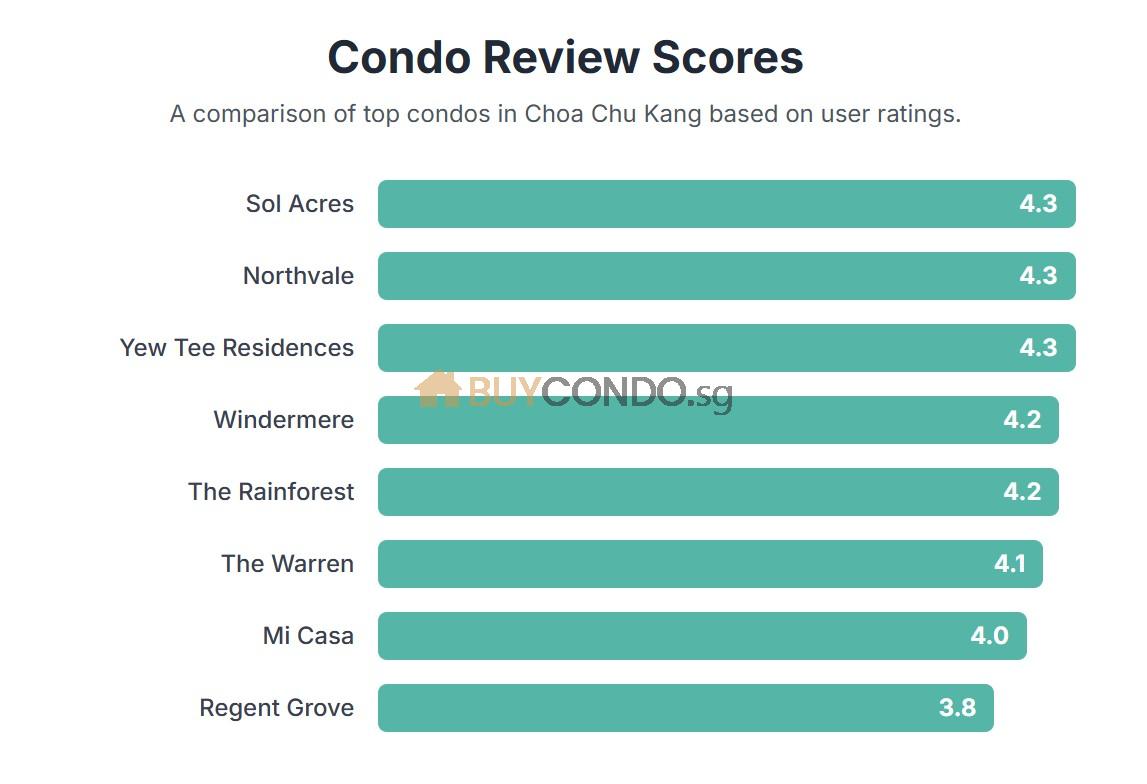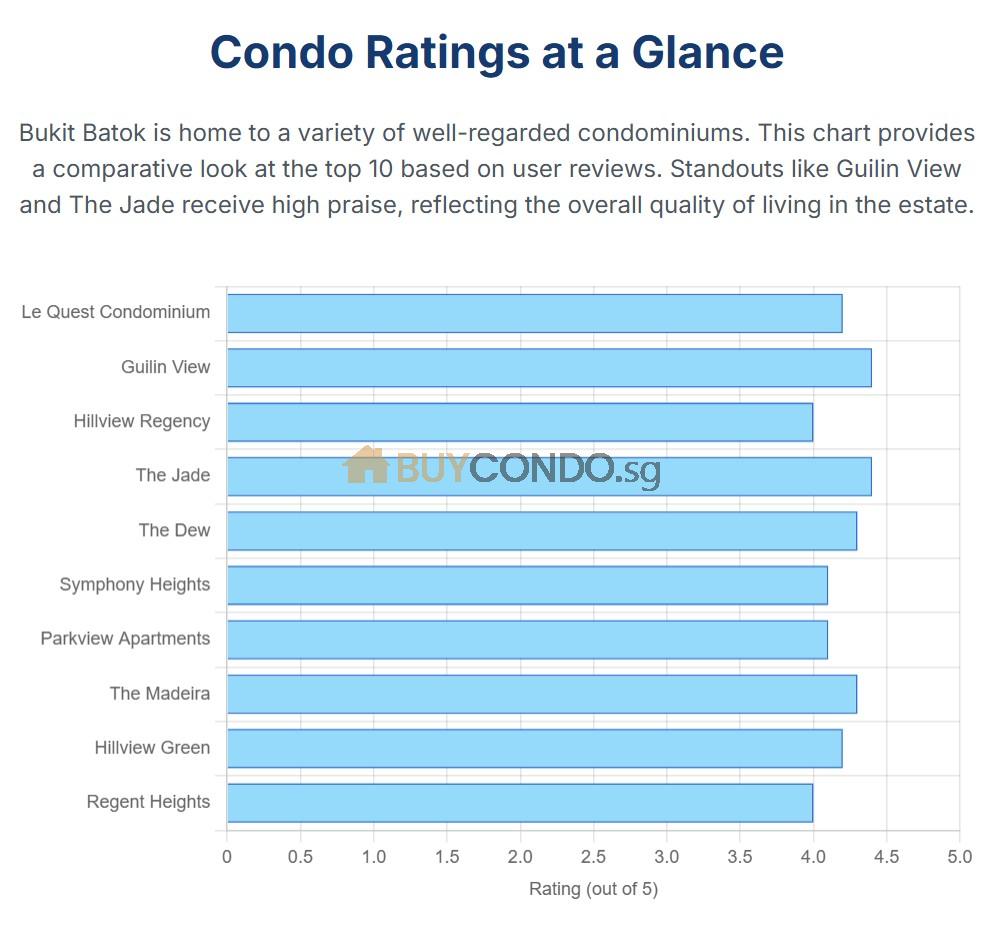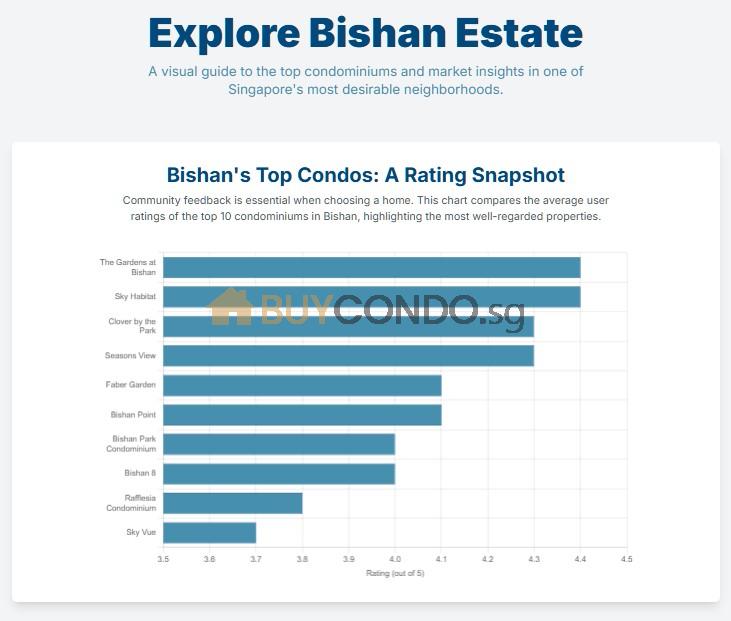Rental Yield vs Rentability
Rental Yield vs Rentability which comes first? Understanding the concepts of rental yield and rentability is crucial for making well-informed property investment decisions, as they play a vital role in predicting potential profits and assessing the overall viability of a property investment.
Rental Yield: Understanding the Concept
Rental yield is a fundamental concept in the realm of real estate investment, signifying the annual rental income as a percentage of the property’s purchase price. It provides a snapshot of a property’s potential income and is crucial for predicting the profitability of renting out the property. The calculation of rental yield can be done in two ways: gross rental yield, which does not consider costs, and net rental yield, which factors in expenses such as maintenance and vacancies. Understanding the significance of rental yield is evident in its role in enhancing the strategy for buy-to-let investments, offering valuable insights into potential profits.
For example, consider a property purchased for $500,000 that generates an annual rental income of $30,000. The gross rental yield would be 6% ($30,000 ÷ $500,000 x 100), providing an initial assessment of the property’s income potential.
When delving into the concept of rental yield, it’s essential to recognize its pivotal role in evaluating the financial performance of a potential investment property. This metric serves as a gauge for the income potential in relation to the property’s purchase price, offering valuable insights for property investors. Additionally, the distinction between gross and net rental yield underscores the importance of factoring in expenses to gain a comprehensive understanding of the property’s income-generating capabilities, further enhancing the decision-making process in real estate investments.
Rentability: Calculating and Assessing Viability
Rentability is a crucial factor in the realm of real estate investment, referring to the property’s capacity to be rented out and generate income. It involves evaluating various factors such as the property’s attractiveness in the rental market, potential tenant pools, and maintenance requirements to assess the property’s viability for generating rental income. Assessing rentability is pivotal in making informed decisions about property investments, especially in competitive real estate markets, as it provides a comprehensive view of the property’s potential in the rental landscape. Net rental yield, another significant metric, measures rental income against the total costs of the property, including mortgage interest rates and maintenance fees, further enhancing the assessment of the property’s viability for rental purposes.
In a practical scenario, a property investor considering a potential investment can utilize the concept of rentability to gain insights into the property’s attractiveness in the rental market and its potential to generate consistent income. This assessment aids in making well-informed decisions regarding property investments, aligning with the investor’s objectives and expectations.
When exploring the concept of rentability, it’s essential to emphasize its multifaceted nature and the various elements that contribute to its assessment. Factors such as the property’s location, amenities, and the overall demand in the rental market play a pivotal role in determining the property’s rentability, further highlighting the significance of this metric in the decision-making process for property investments. Additionally, the consideration of net rental yield provides a comprehensive view of the property’s financial viability, encompassing various costs and expenses associated with renting out the property.
 Rental Yield vs. Rentability: Distinguishing the Two
Rental Yield vs. Rentability: Distinguishing the Two
Rental yield and rentability are two distinct yet interconnected concepts that play pivotal roles in evaluating the financial and practical aspects of a property investment. While rental yield focuses on the returns generated from a property, rentability emphasizes the practicality and feasibility of renting out the property, taking into account factors such as potential tenant pools and market attractiveness. Both metrics are essential in evaluating the profitability and viability of a real estate investment, with rental yield providing insights into income potential and rentability addressing the property’s suitability for generating rental income. The inverse relationship between rental yield and rentability emphasizes the importance of considering both aspects when assessing a property’s investment potential.
In practical terms, the distinction between rental yield and rentability can be illustrated through a comparative analysis of two properties. Property A may exhibit a high rental yield but lower rentability due to factors such as limited demand in the rental market, while Property B may have a lower rental yield but higher rentability, indicating a consistent potential for generating rental income.
When differentiating between rental yield and rentability, it’s crucial to emphasize the nuanced nature of these metrics and their combined impact on property investments. While rental yield provides a financial perspective, rentability delves into the practical aspects of renting out a property, encompassing factors such as market demand, tenant preferences, and the property’s overall suitability for rental purposes. Understanding this distinction enables property investors to gain a comprehensive view of the investment potential and align their strategies with the property’s income-generating capabilities.
Significance of Considering Rental Yield and Rentability
Understanding rental yield and rentability is paramount for making well-informed decisions in property investment, as both metrics play a crucial role in predicting potential profits and assessing the overall feasibility of a property investment.
In the context of real estate investment, the significance of considering rental yield and rentability extends beyond financial assessments, encompassing practical considerations and long-term viability. Incorporating both metrics into the decision-making process enables property investors to gain a comprehensive understanding of the property’s income potential and its practical suitability for rental purposes, aligning with their investment objectives and strategies.
 Factors Influencing Rental Yield and Rentability
Factors Influencing Rental Yield and Rentability
Several factors such as property location, purchase price, rental demand, and maintenance costs can significantly impact rental yield and rentability, shaping the overall viability of a property investment. Property investors need to consider these factors to accurately assess their investments’ potential profitability and viability. Additionally, the influence of upcoming supply, foreign influx, and potential capital gains should also be considered alongside rental yield and rentability.
When analyzing the factors influencing rental yield and rentability, it’s crucial to recognize the dynamic nature of the real estate landscape and the multifaceted elements contributing to these metrics. Property location, for instance, plays a pivotal role in determining the property’s rentability, as areas with high demand and limited supply often exhibit higher rentability and rental yield. Additionally, considering maintenance costs and potential capital gains aligns with a comprehensive assessment of the property’s long-term viability, emphasizing the holistic approach required in evaluating rental yield and rentability.
 Risks of Solely Relying on Rental Yield
Risks of Solely Relying on Rental Yield
Relying solely on rental yield for property investment decisions can pose risks, as other factors such as rentability, capital gains, and market trends also play a significant role. It’s crucial for investors to understand the potential risks associated with a narrow focus on rental yield to make informed investment decisions. BUYCONDO Team offer a comprehensive view of rental yield and rentability, assisting investors in mitigating risks associated with a limited focus .
In the realm of real estate investment, the risks associated with a narrow focus on rental yield underscore the importance of a balanced and comprehensive assessment of property investments. While rental yield provides valuable financial insights, considerations such as rentability, market dynamics, and long-term viability contribute to a more holistic approach in mitigating risks and aligning investments with diverse factors [1].
Predicting Potential Profits: Role of Rental Yield and Rentability
Rental yield serves as a valuable tool in predicting potential profits from renting out a property, providing insights into the property’s financial performance. On the other hand, rentability plays a crucial role in forecasting the potential tenant pool, maintenance costs, and overall viability of the property for rental purposes. Utilizing 99.co’s property data can offer valuable information on rental yield and rentability, enabling investors to make informed predictions about potential profits.
In practical terms, the role of rental yield and rentability in predicting potential profits can be exemplified through the analysis of diverse investment scenarios. A property with a high rental yield and strong rentability may indicate consistent potential profits, aligning with the investor’s objectives and long-term investment strategies. Conversely, properties with varying profiles of rental yield and rentability offer valuable insights into the income potential and practical viability, contributing to informed predictions about potential profits [2].
Case Study: Applying Rental Yield and Rentability in Property Investment
A case study illustrating rental yield and rentability in two different private property units in Singapore can provide practical examples of applying these metrics in real-world investment scenarios. It demonstrates the importance of considering all factors, including rental yield and rentability, before committing to a property purchase, offering valuable guidance for investors. Leveraging 99.co’s property insights can provide real-world examples and practical guidance for incorporating rental yield and rentability in property investment decisions, enhancing the overall investment strategy.
In the context of real estate investment, the application of rental yield and rentability in a case study offers valuable insights into the practical considerations and financial assessments involved in property investments. By analyzing diverse property units and their respective rental yield and rentability profiles, investors gain a comprehensive understanding of the real-world implications and the multifaceted nature of these metrics in investment decisions.
Conclusion: Rental Yield vs Rentability
In conclusion, understanding the concepts of rental yield and rentability is essential for making well-informed property investment decisions. Both metrics play a crucial role in predicting potential profits and assessing the overall feasibility of a property investment. Encouraging readers to explore further on Singapore Property Blog can provide comprehensive insights into rental yield and rentability for successful property investments, empowering investors with valuable resources for informed decision-making.














